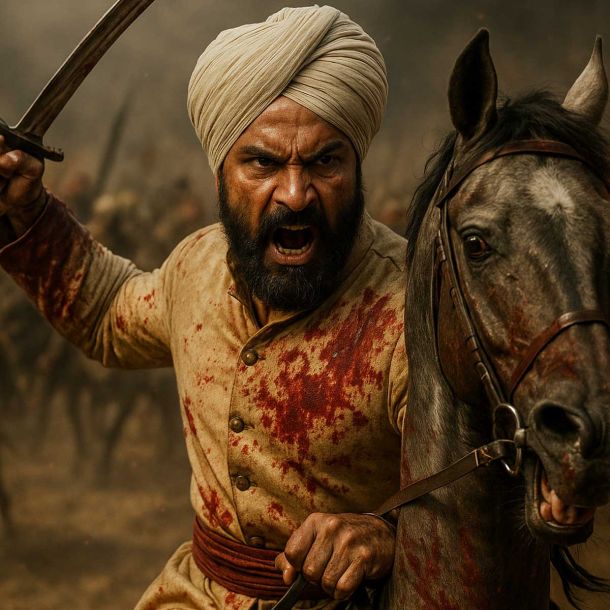Sanatan Articles
Satyaagrah
Written on
Satyaagrah
Written on
Satyaagrah
Written on
Satyaagrah
Written on
Satyaagrah
Written on
JOIN SATYAAGRAH SOCIAL MEDIA
Birth of our National Anthem: Original recording of 'Jana Gana Mana' performed by the Radio Symphony Orchestra of Hamburg, Germany, 1942 in the presence of Netaji Subhash Chandra Bose
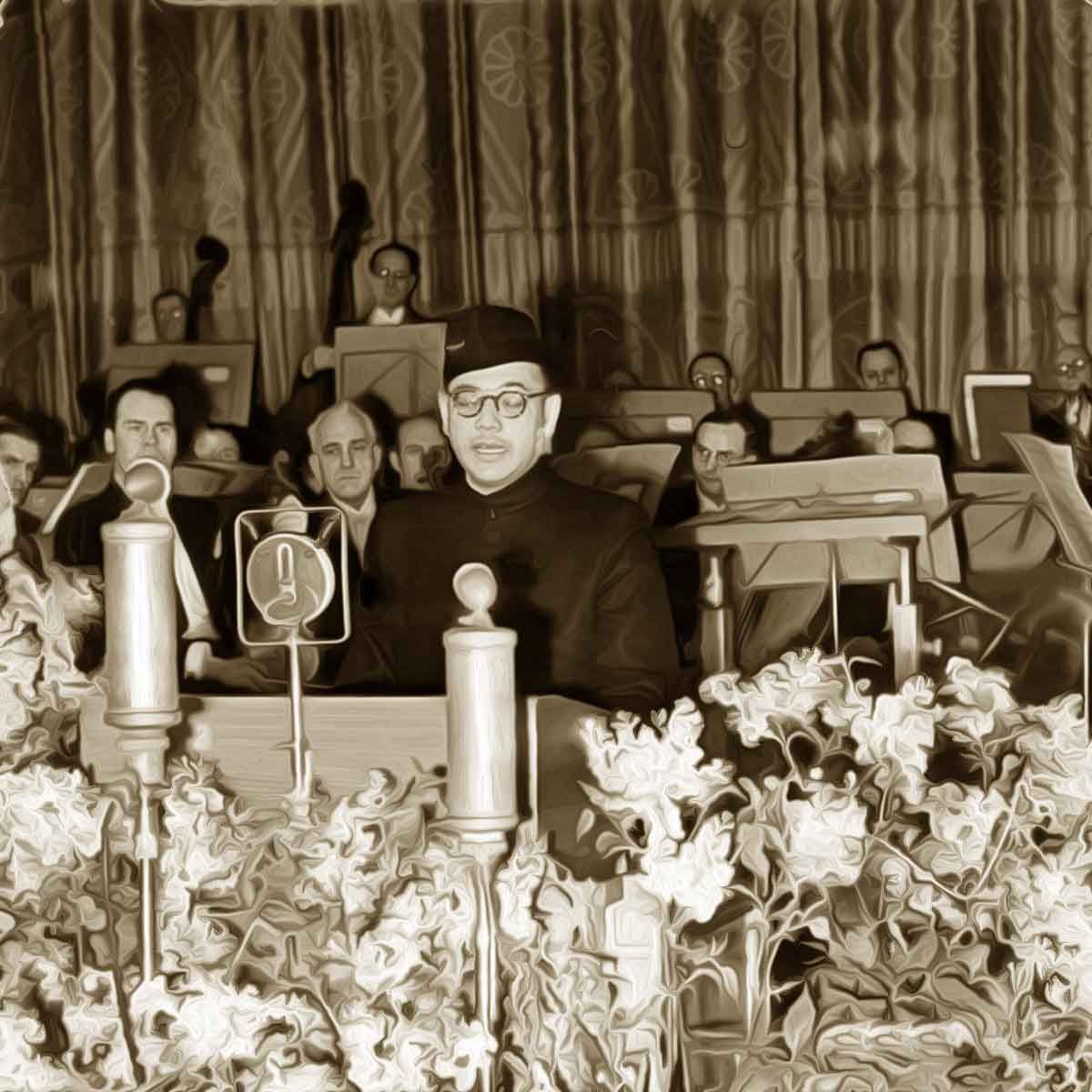
On September 11, 1942, our National Anthem’ Jana Gana Mana’ was performed for the first time as National Anthem. It was played at the Hotel Atlantic in Hamburg.
Calling it the birth of National Anthem, Author Anuj Dhar, who shared the original recording of the Anthem from 1942, wrote, “Original recording of “Jana Gana Mana” performed by the Radio Symphony Orchestra of Hamburg, Germany, 1942. This was the birth of our National Anthem, thanks to #Netaji.” Anuj Dhar is the author of the book “Subhas Bose’s Life after Death” and have done extensive research on the life of Netaji.
|
Surya Kumar Bose, the grand nephew of Netaji, who lives in Germany, had also played the original tape in front of several journalists in 2008. He had said, “Not many people know how the national anthem was born.” It is said Netaji initiated the formation of the Indo-German Association that was formed on September 11, 1942, at the Hotel Atlantic in Hamburg. Netaji Subhash Chandra Bose, Mayor of Hamburg, and representatives of the German government, among others, were present at the occasion.
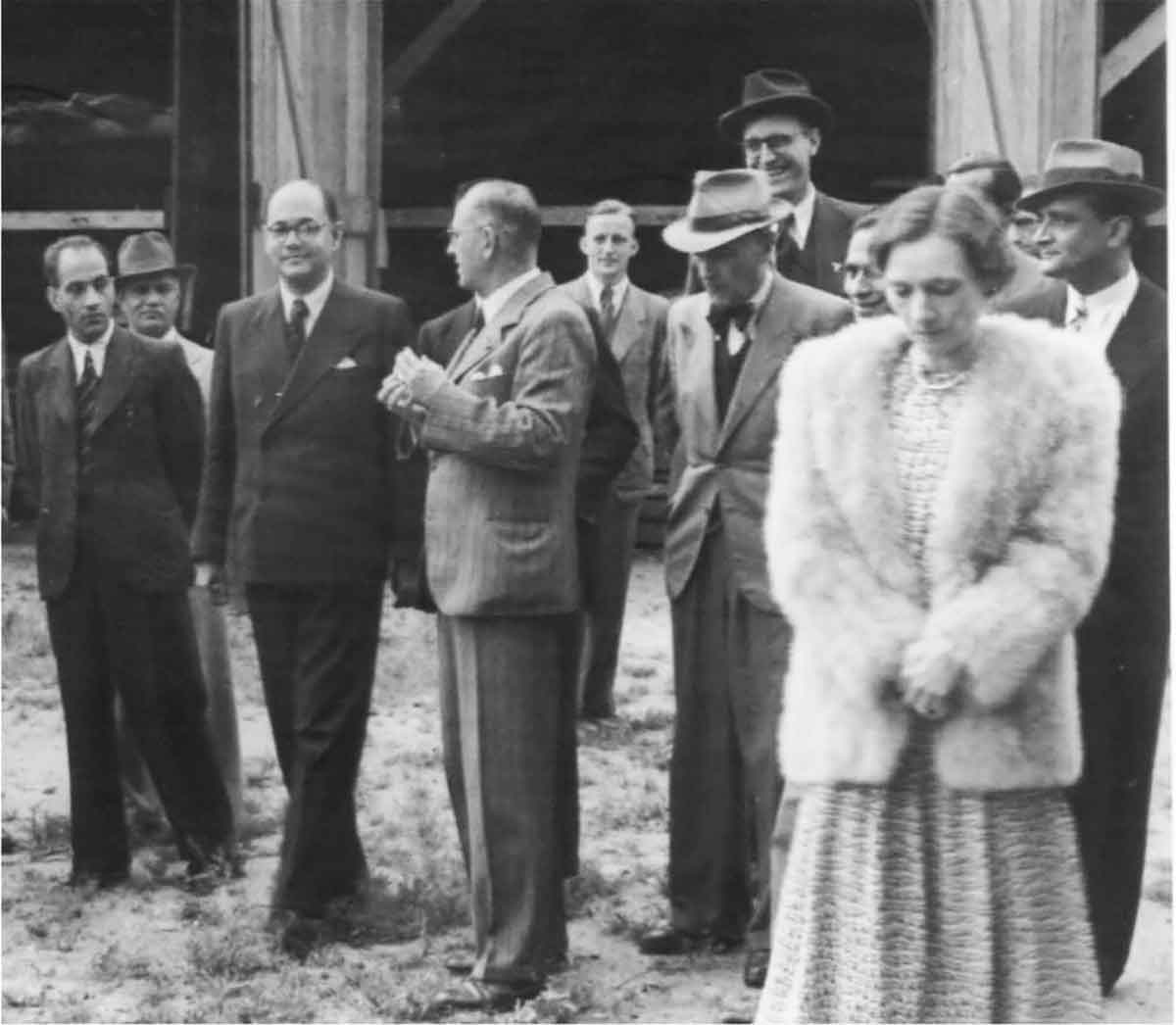 |
The Radio Symphony Orchestra of Hamburg played the National Anthem’ Jana Gana Mana’ as the anthem of Free-India Centre along with the National Anthem of Germany. Free-India Centre was given proper recognition by countries like Germany and Italy. Free-India Centre was the predecessor of Azad Hind Fauj, set up by Netaji in 1943 in Singapore.
|
The performance was recorded on tape by NG Ganpulay, a member of the Free-India Centre. The tape was handed over to the All India Radio after Ganpulay’s death. It was broadcast by the All India Radio in a programme called “National Anthem born in Exile” in 1980.
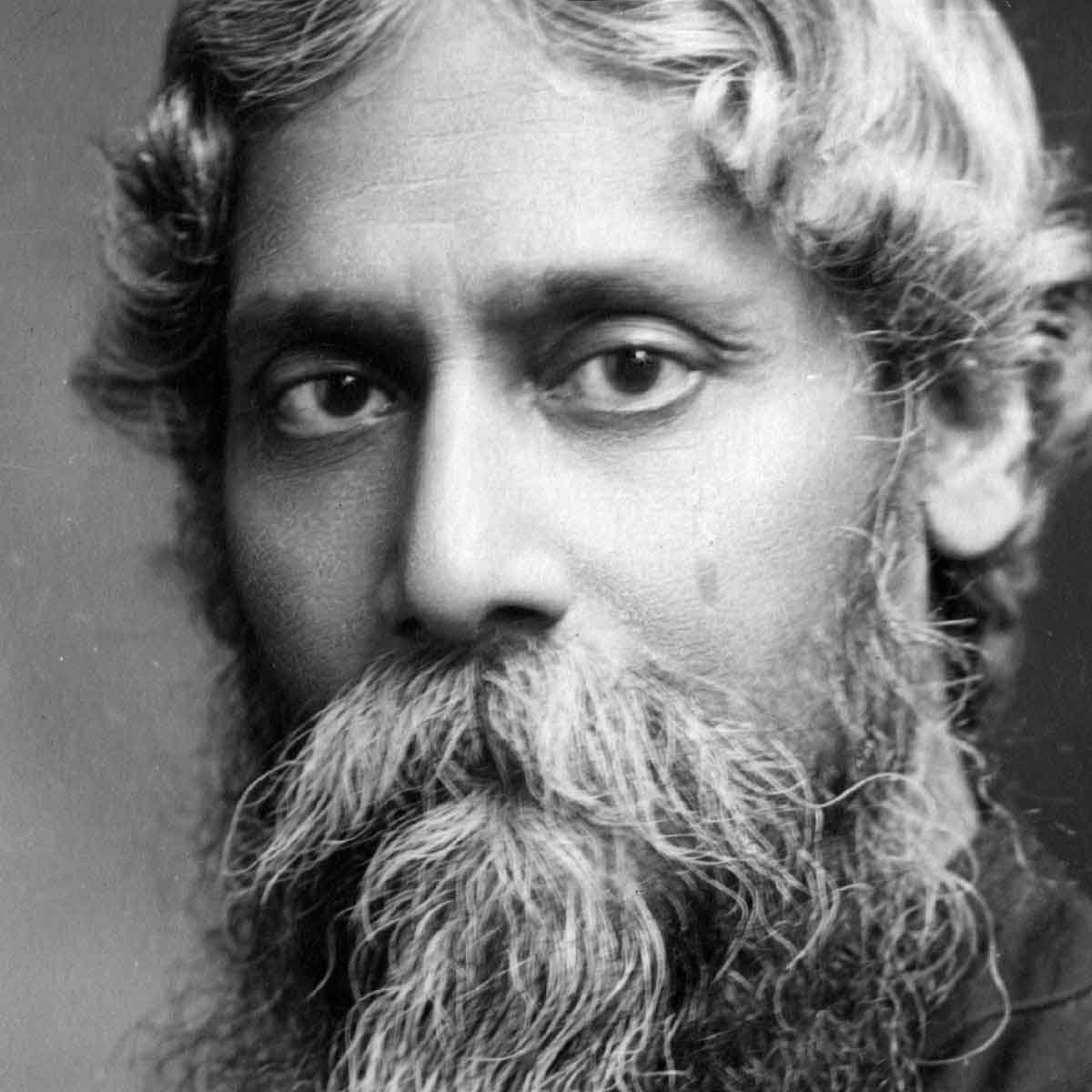 |
Notably, when India gained independence, it did not have a National Anthem. In January 1950, a record of Jana Gana Mana produced by the Azad Hind Government was carried by a member of the delegation from India that was attending the UN General Assembly in New York City. He handed over the record to the UN Orchestra that played the anthem.
|
When the delegation returned to India, they informed then-Prime Minister Jawahar Lal Nehru that ‘Jana Gana Mana’ was highly appreciated at the UN. Later, on January 24, 1950, the Constituent Assembly of India adopted the first stanza of the song Bharoto Bhagyo Bidhata written by Rabindra Nath Tagore as the National Anthem. It is noteworthy, though it was not the National Anthem till January 1950, it was unanimously sung by the members of the Indian Constituent Assembly on the intervening night of August 14 and August 15, 1947, after the first session of the Assembly ended.
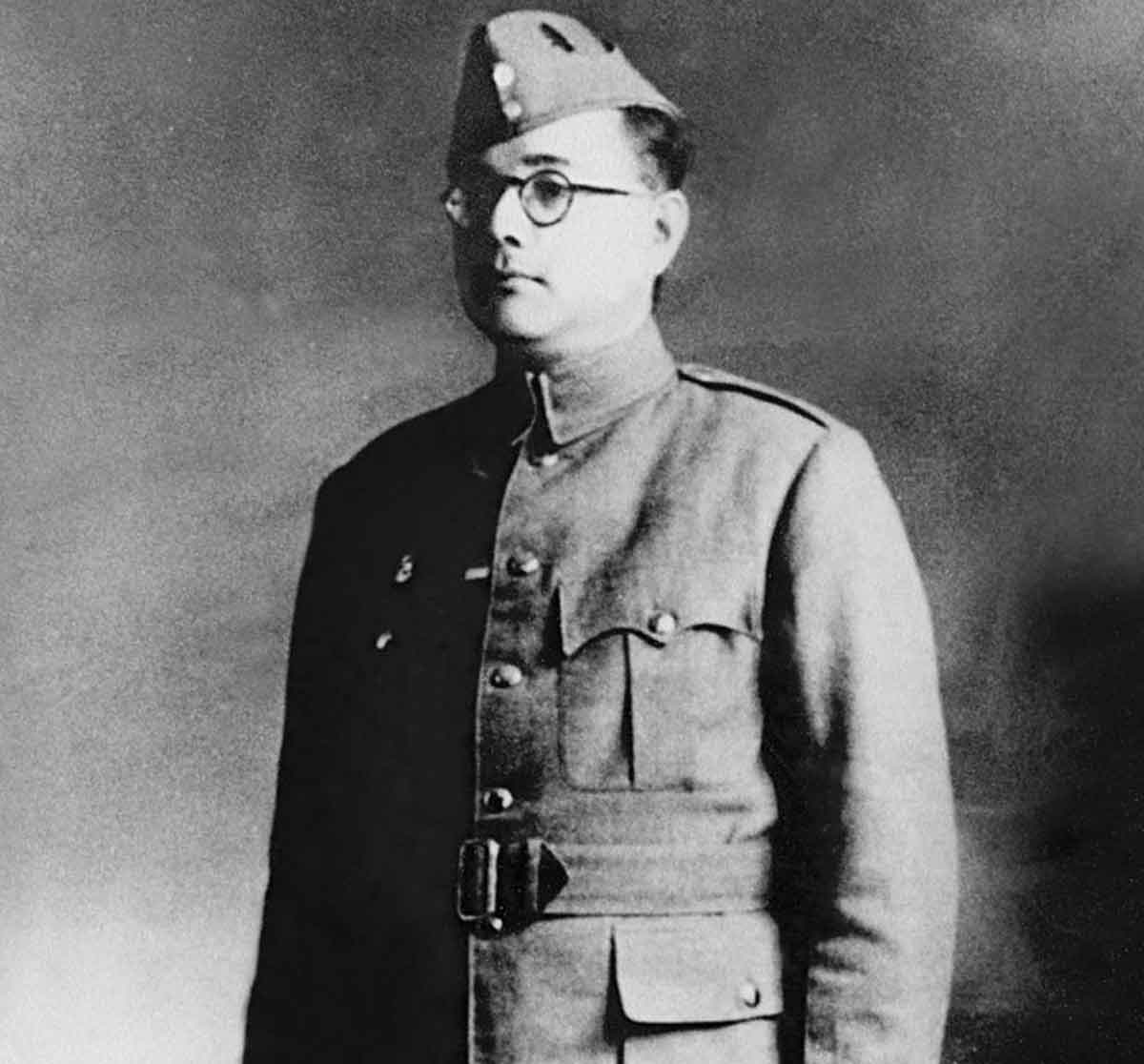 |
References:
twitter.com - Anuj Dhar
 Support Us
Support Us
Satyagraha was born from the heart of our land, with an undying aim to unveil the true essence of Bharat. It seeks to illuminate the hidden tales of our valiant freedom fighters and the rich chronicles that haven't yet sung their complete melody in the mainstream.
While platforms like NDTV and 'The Wire' effortlessly garner funds under the banner of safeguarding democracy, we at Satyagraha walk a different path. Our strength and resonance come from you. In this journey to weave a stronger Bharat, every little contribution amplifies our voice. Let's come together, contribute as you can, and champion the true spirit of our nation.
 |  |  |
| ICICI Bank of Satyaagrah | Razorpay Bank of Satyaagrah | PayPal Bank of Satyaagrah - For International Payments |
If all above doesn't work, then try the LINK below:
Please share the article on other platforms
DISCLAIMER: The author is solely responsible for the views expressed in this article. The author carries the responsibility for citing and/or licensing of images utilized within the text. The website also frequently uses non-commercial images for representational purposes only in line with the article. We are not responsible for the authenticity of such images. If some images have a copyright issue, we request the person/entity to contact us at This email address is being protected from spambots. You need JavaScript enabled to view it. and we will take the necessary actions to resolve the issue.
Related Articles
- Saraswathi Rajamani, at 16, became the youngest and first female spy for INA, boldly recruited by Netaji in 1942, courageously spent two years spying on the British in Myanmar during WWII, a pivotal yet overlooked heroine in India's struggle for freedom
- British author Tunku Varadarajan tried to tarnish the image of iconic freedom fighter Netaji with reference to Hitler: Sinister agenda to malign the legacy of Netaji from calling him a ‘flawed hero’ to a ‘Nazi sympathiser’
- Debunking the myth of "De Di humein Aazadi Bina Khadag Bina Dhal": Bharat’s founding story bestows upon it an extravagant national philosophy and long-lasting costs
- Anuj Dhar claims that Subhas Chandra Bose was suspected of being ‘poisoned’ after ouster from the post of Congress president
- British PM accepted that “the tide of nationalism is running very fast in India" and the mutiny of the Royal Indian Navy in 1946 forced colonial masters Britain to leave India: What followed was betrayal by Congress
- If not for Muslim appeasement, Vande Mataram would have been India's National Anthem: the history of Muslim opposition and support
- Netaji, an Impossible man can never be boxed into an ideological corner: Not just the most enigmatic figure in world history but his life is also a tough lesson in how to think about history
- In a historical move ahead of Republic Day on January 26th, the Amar Jawan Jyoti flame at the India Gate would be merged with the flame at the National War Memorial on Friday
- Indian state bans book on Mahatama Gandhi after reviews hint at his gay relationship
- Taiwan govt has decided to open up its National archives to study and rediscover the legacy of Netaji Subash Chandra Bose: Deputy representative Mumin Chen said that Netaji has had a huge influence over Taiwan in the 1930s and 40s
- Madras High Court: Do not take decision on melting Temple gold till Trustees are appointed
- Birth, Parentage and Early Environment - An Indian Pilgrim (Netaji's Life and writings)
- 'Muh me ram bagal me chhuri' - Gandhi’s politics is hollow and noisy, full of treachery and deceit’: Read what Dr. Ambedkar said about the ‘Mahatma’
- When Secular Nehru Opposed Restoration Of Somnath Temple - The Somnath Temple treachery
- The Untold Story of the Brave Maratha Warrior Queen Ahilyabai Holkar!

